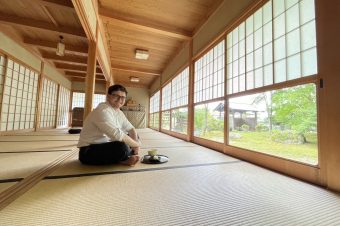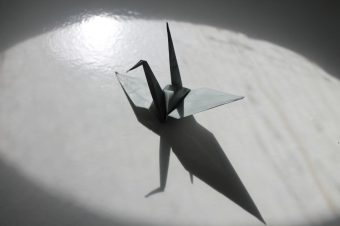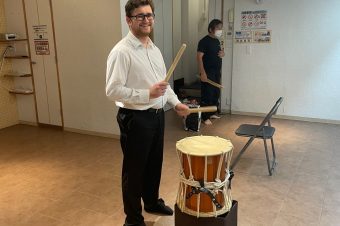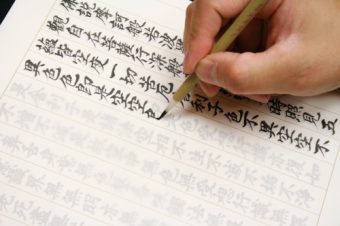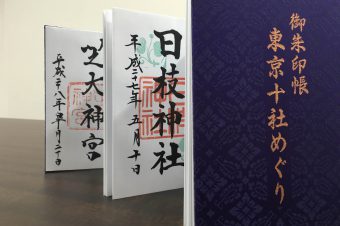We’ve all seen it in movies: the Buddhist monk sitting still in the Lotus position, legs crossed, and their hands joined in a specific formation, their eyes closed in concentration. This is how mainstream media has simplified Buddhism, but there is much more to this ancient religion than simple meditation. It is a dedication to live life as the Buddha did, filled with compassion for others and a focus to find inner peace that will lead to finding peace in the outside world.

There are different schools of Buddhism, the one we visited was the zazen school of Rinzai, also called Rinzaishu, which focuses on sitting meditation. The priest that led the meditation session explained that zazen was more than simple meditation, since meditation is about focusing on something, zazen is about emptying your mind, “don’t think of the past, or the future; only now is important”. He went on to explain that posture and breathing were everything; to hold yourself up as if a string were pulling you up from the top of your head and to breath deep and long from your chest, through your nose is best.

He then taught us the hankafuza, or half-lotus position and the mudra, or hand position, meant to cradle your center. Once in position, you find your focus point by facing straight ahead while your eyes focus a meter (three feet) on front and down from you. Once you have your point of focus, you must clear your mind of past and future worries; the priest told us that the best way to do this is to count our breaths from 1 to 10 and do this over and over until you are simply breathing and focusing one instinct. Zazen sessions can last anywhere from 30 minutes to a full day, depending on the person’s dedication, and is only interrupted by the priest performing the keisaku.
The keisaku, also known as a ‘warning stick’ or ‘awakening stick’, is utilized by the head priest leading the zazen session to ‘reset’ the mind of a practitioner by striking them on the back; first, twice on the left shoulder, then twice on the right shoulder. The priest walks down the line of practitioners and only stops to preform keisaku if the person requests it by placing their hands in the prayer position and bowing to the priest. Once the strikes are preformed, the person should bow once more to the priest in gratitude for preforming the keisaku and return to their zazen contemplation.

While the idea of being struck on the back sounds painful, it is nothing compared to the sensation of your legs cramping due to maintaining a cross-legged position for upwards of 30 minutes while also maintaining a straight-backed posture. For someone who is not used to sitting in the same position for more than five minutes at a time, it became a very painful experience very quickly, much more painful than the keisaku. That being said, the priest was very kind and understanding, and allowed me to take a different, much more tolerable position for the zazen and also explained that a new style was being taught which allowed practitioners to use chairs instead of cushions on the floor.
This session we were allowed to partake in was very rare for foreigners to experience, although they are beginning to open up more instructional sessions to foreign tourists, since this is not just a once a week meeting, but a way of life that becomes as much of a routine as it is to have a meal or brush your teeth. It is a way of life that requires dedication, an open mind, and a respectful attitude towards those who have dedicated their whole lives to the pursuit of enlightenment from the Buddha. So, please, keep this in mind should you ever decide to visit any of these beautiful temples, as they are more than tourist spots, they are the home of the Bodhisattva and the monks who follow the Buddha’s path.
